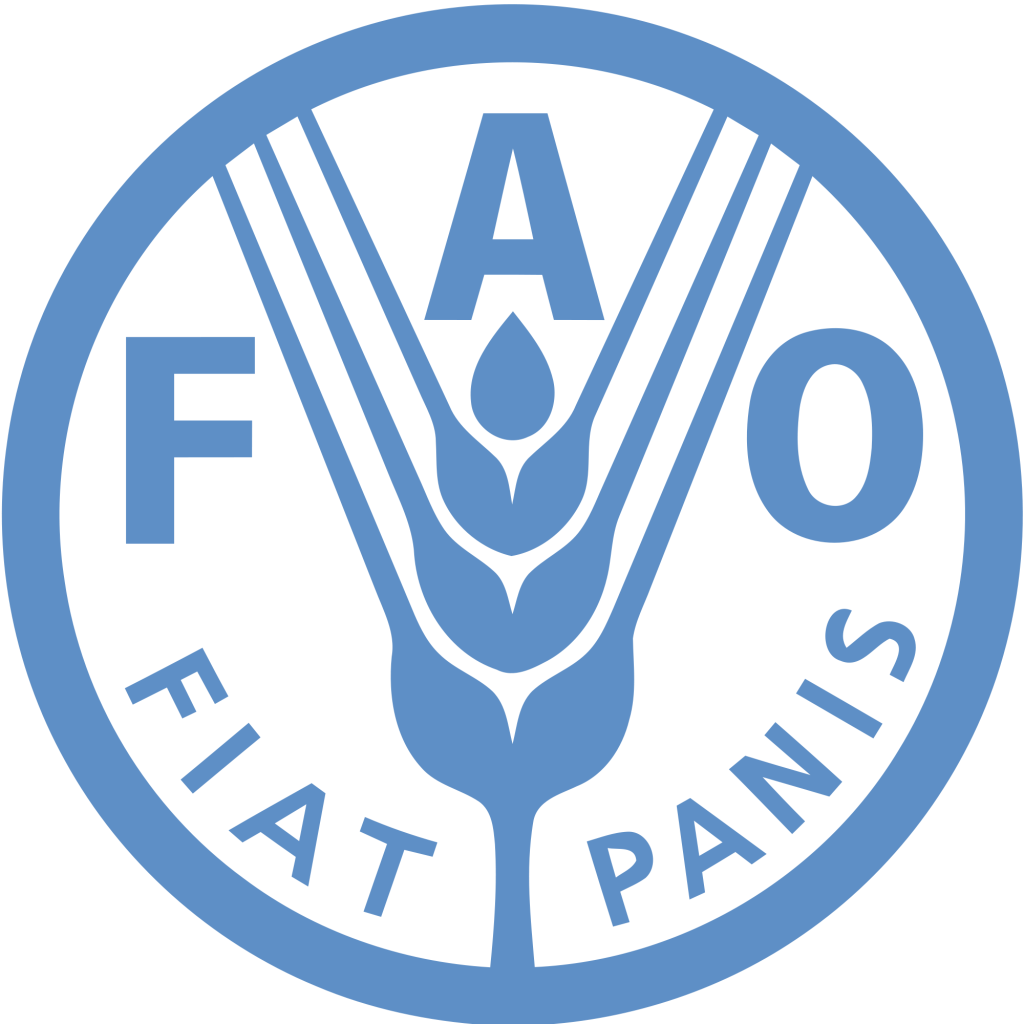Location
The vision of the FAO office in Bangkok is a food-secure Asia and the Pacific region.
Its mission is to help member countries halve the number of undernourished people in the region by raising agricultural productivity and alleviating poverty while protecting the region’s natural resources base.
Agricultural growth in Asia-Pacific has stagnated in recent years, with a serious decline in agricultural investment, and depletion and degradation of natural resources in the face of continued population growth.
The benefits of the green revolution have now been fully realized and there are no revolutionary technologies on the horizon that can rapidly and sustainably reinvigorate agriculture.
Outward migration, especially of the young generation, has led to the "greying" and feminization of the sector; the coping mechanisms of poor households are few, given their limited assets and the fact that a deep recession occurred so soon after the food crisis.
Climate change will impact agriculture in many ways, particularly in areas vulnerable to natural disaster.
The opening of markets improved the mobility of people, goods and services and created employment opportunities for the labour-rich Asia-Pacific economies. At the same time the growing links within the region and with the rest of the world ushered in risks of transboundary plant pests and animal diseases.
Members:
Resources
Displaying 266 - 270 of 293Poverty alleviation and food security in Asia: land resources
Abstract not available.
Selected indicators of food and agriculture development in Asia -Pacific region 1988-98
Abstract not available.
Selected indicators of food and agriculture development in Asia -Pacific region 1988-98
Abstract not available.
Selected indicators of food and agriculture development in Asia -Pacific region 1988-98
Abstract not available.
Modernization of irrigation system operations: proceedings of the fifth ITIS network international meeting
The central message which emerges from this meeting was that modernization is above all an issue of human-ware. It is quite noteworthy to see that, although most participants to the meeting were engineers, almost every paper and almost all questions and points of discussion dealt with institutional, development and sociological issues and were not focussed on techniques. The issue of human-ware can be further expanded into complementary directions.

